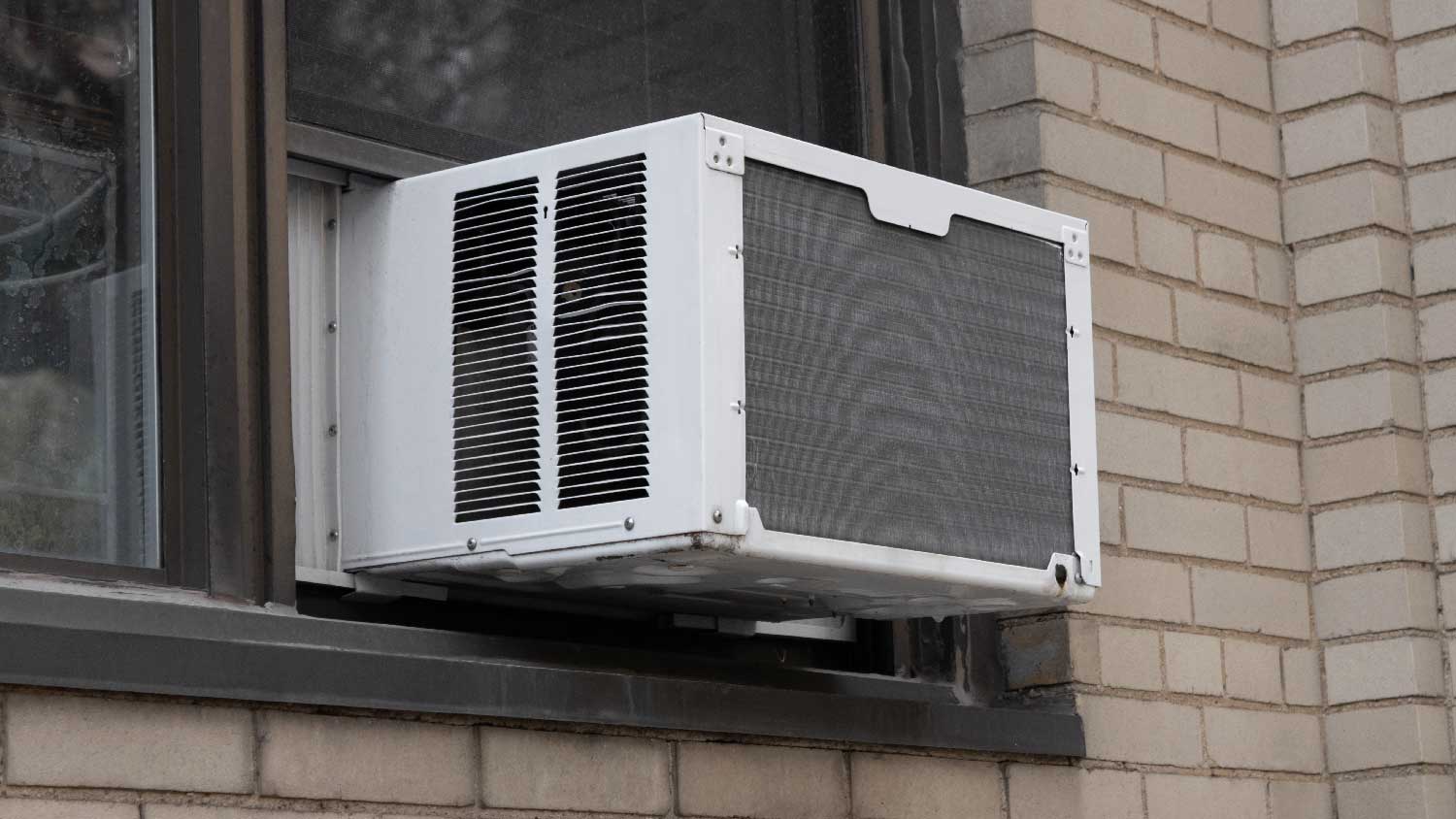
Wondering who fixes window AC units? Learn whether to call an AC repair company or an appliance repair pro, plus how repairs get done.



You can identify your system's refrigerant type by examining the data plate or label often located on the outdoor condensing unit. Look for "R-22" or "HCFC-22" in the specifications.
Manufacturing date provides another clue—systems produced before 2010 often use R-22, while newer units utilize alternative refrigerants. If the label is missing or unclear, a qualified HVAC technician can determine your refrigerant type during a service inspection.
Federal regulations prohibit the purchase and handling of R-22 refrigerant without proper EPA certification. These restrictions exist because R-22 contributes to ozone depletion when released into the atmosphere and requires specialized handling procedures.
Additionally, improper refrigerant charging can damage your system and create safety hazards. Professional technicians have the training, equipment, and legal authorization to properly diagnose, repair, and recharge your system.
Air conditioning systems require approximately two to four pounds of R-22 per ton of cooling capacity, with three pounds per ton being the average. For example, a 3-ton system needs about nine pounds of refrigerant for a complete charge. However, the exact amount varies by manufacturer, model, and system configuration. A professional technician will determine the precise charge required for your specific equipment.
While technically possible to retrofit some R-22 systems to use alternative refrigerants, these conversions require substantial modifications to system components and are rarely cost-effective. The compressor, expansion valve, and sometimes the entire coil system would need replacement or adaptation. Most homeowners find that investing in a complete system upgrade provides better long-term value and performance than attempting conversion of aging equipment.
Though new production of R-22 ended in 2020, reclaimed and recycled supplies remain available but are steadily decreasing. The EPA's final phaseout deadline extends to 2030, but practical availability may become severely limited well before that date. As supplies continue to diminish, expect prices to rise accordingly. Homeowners with R-22 systems should begin planning for eventual system replacement as part of their long-term home maintenance strategy.
From average costs to expert advice, get all the answers you need to get your job done.

Wondering who fixes window AC units? Learn whether to call an AC repair company or an appliance repair pro, plus how repairs get done.

Unsure who to hire to test for lead paint? Learn whether to call a lead testing specialist or contractor and what to expect.

Learn how to find and hire a handyman you can count on with this handy guide.

Learn how to find and hire painters, plus 10 questions you should always ask before choosing a pro.

Learn our top tips for finding and hiring an electrician you can count on!

Learn how to choose a concrete contractor you can count on to get the job done right.